Political parties in Switzerland

The Swiss political landscape is distinguished above all by its stability. Four parties predominate and have been represented in government for decades.
The composition of the Swiss parliament has seen no major changes since the 1970s. The legislative branch has remained predominantly centre-right, with most seats going to the four largest traditional parties: the Swiss People’s Party, the Radical-Liberal Party, the Centre Party and the Social Democratic Party.
There have however been some fluctuations. The People’s Party made strong gains in 1999 and 2003, while in 2019 the Green Party massively expanded its voter base, ousting the Centre as the fourth most-represented party in the House of Representatives.

More
The 2019 Swiss elections: Results in detail
Swiss People’s Party – right-wing
The People’s Party was founded in 1971, following the merger of the Party of Farmers, Traders and Independents and the Democratic Parties of the cantons of Glarus and Graubünden. From the 1990s, it strengthened its electoral base under the leadership of the Zurich cantonal chapter and its leader, Christoph Blocher.
At that time, the People’s Party took a hard stand against immigration, membership of the European Economic Area and any opening up of foreign policy. It became the biggest party in the House of Representatives in 2003 elections, and managed to put a second minister – Blocher – in the seven-member government.
However, in 2007, in an exceptional move, parliament decided not to re-elect Blocher, but to replace him with Eveline Widmer-Schlumpf, a member of the Graubünden cantonal government, who accepted the appointment. The national leadership of the People’s Party then expelled the Graubünden chapter and the new government minister, prompting some party members to break away and form a new group, the Conservative Democratic Party.
The People’s Party nevertheless remained the best-represented group in the House of Representatives and also won back its second seat in government. Despite losing votes in the latest elections in 2019, it is still the leading political force in the country.
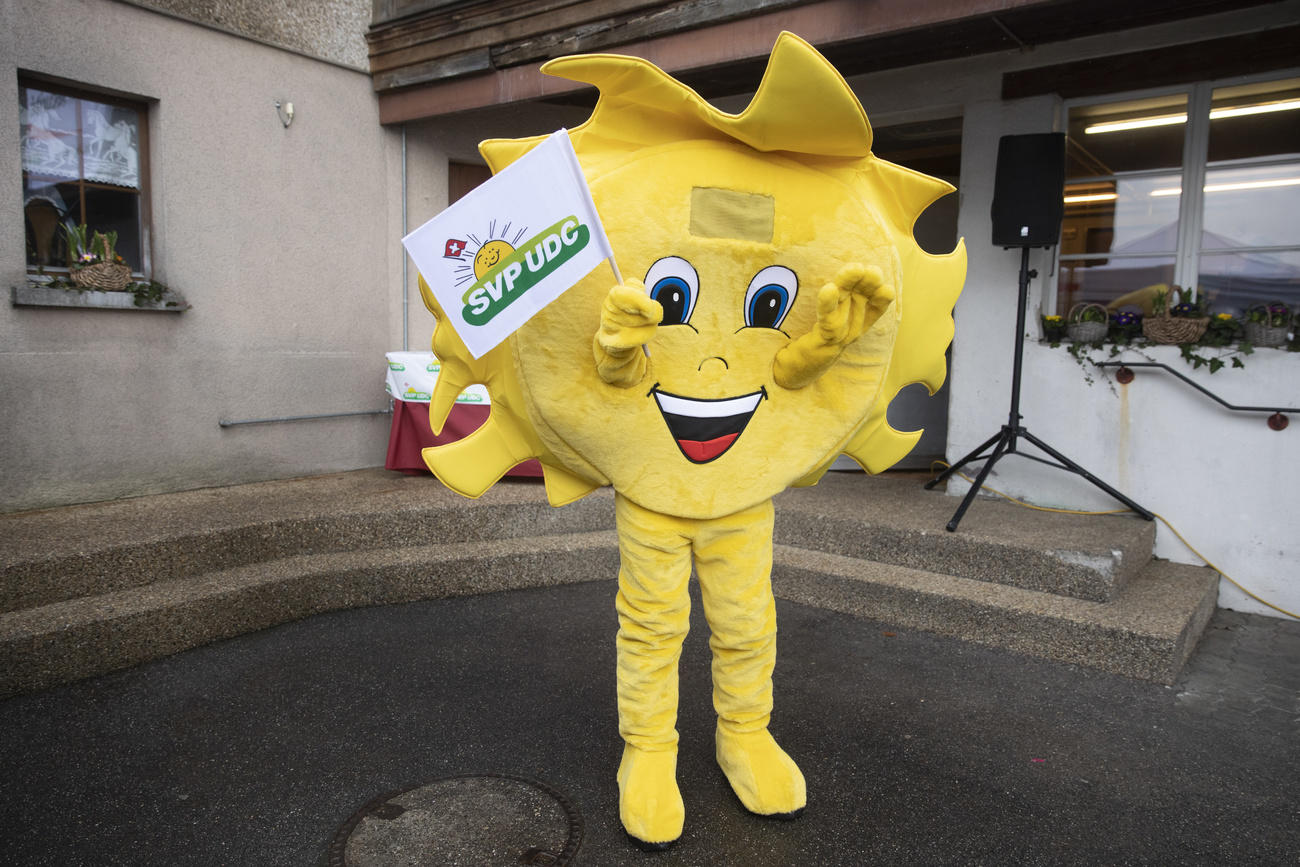
More
In Switzerland, populism thrives – but under control
Social Democratic Party – left-wing
The Social Democratic Party was officially founded in 1888 and was closely linked to workers’ struggles until the 1960s. In the 1970s, the party was torn between a consensus-seeking right wing and new oppositionist tendencies (ecologists, pacifists, feminists). It subsequently resumed the fight against big business, notably with initiatives targeting the rich and banks.
In the 1990s, the party supported European integration and was for a time the biggest group in the House of Representatives.
The Social Democratic Party created separate chapters for women at the beginning of the 20th century. It campaigned for women’s suffrage, maternity leave and equal pay, and introduced quotas within party bodies and on its electoral lists.
Since 2003, the Social Democratic Party has been the second most-represented party in the House of Representatives. More recently, it has been losing voters, mainly to the Green Party.
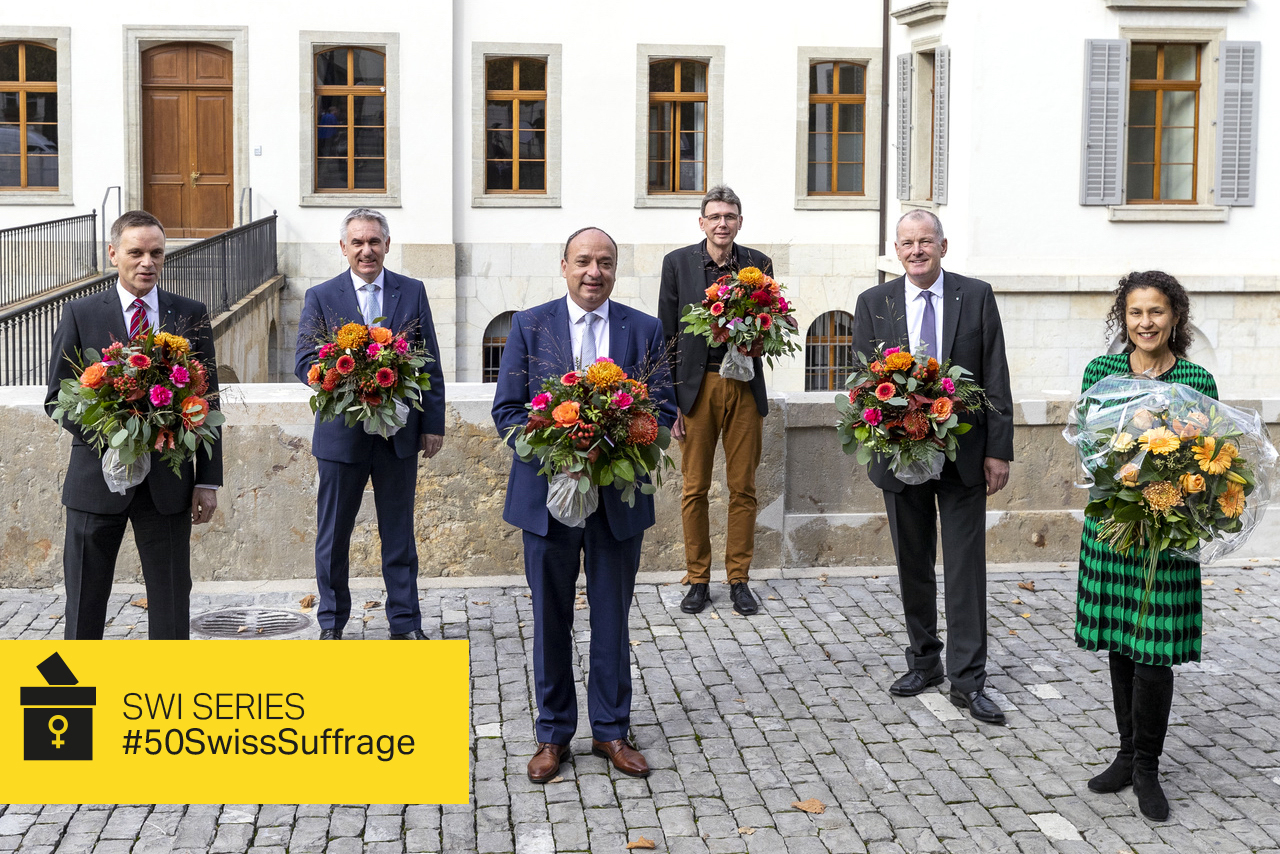
More
Women in Swiss politics: still a long way to go
Radical-Liberal Party – centre-right
The Radical-Liberal Party was formed in 2009, following the merger of the main Radical Party and the smaller Liberal Party of Switzerland.
The Swiss modern federal state was created in 1848 under the impetus of the Radical movement, which has since been represented without interruption in the national government and most cantonal governments. Until the First World War, the majoritarian electoral system allowed the Radicals to retain a dominant position in the executive and legislative branches at national level, as well as in many cantons. It lost this hegemony in 1919 when a system of proportional representation was introduced.
In the 1990s, the Radical Party renounced its policy of defending Switzerland’s unique status at all costs and supported membership of the European Economic Area – a lighter version of full EU membership – mainly on economic grounds. From the very outset, it upheld individual freedoms and a liberal economic system with minimal state intervention.
The Liberal Party of Switzerland was created in 1913 and could be described as the Radical Party’s right wing. It was closer to business circles and more elitist in character. To start with, it was present in only four cantons (Geneva, Neuchâtel, Vaud and Basel City), but later managed to also establish itself in Valais.
Since 2003, the Radical-Liberal Party has been the third most-represented party in the House of Representatives. Electoral support has however waned, with voters going over in particular to new groups, such as the Liberal Green Party.
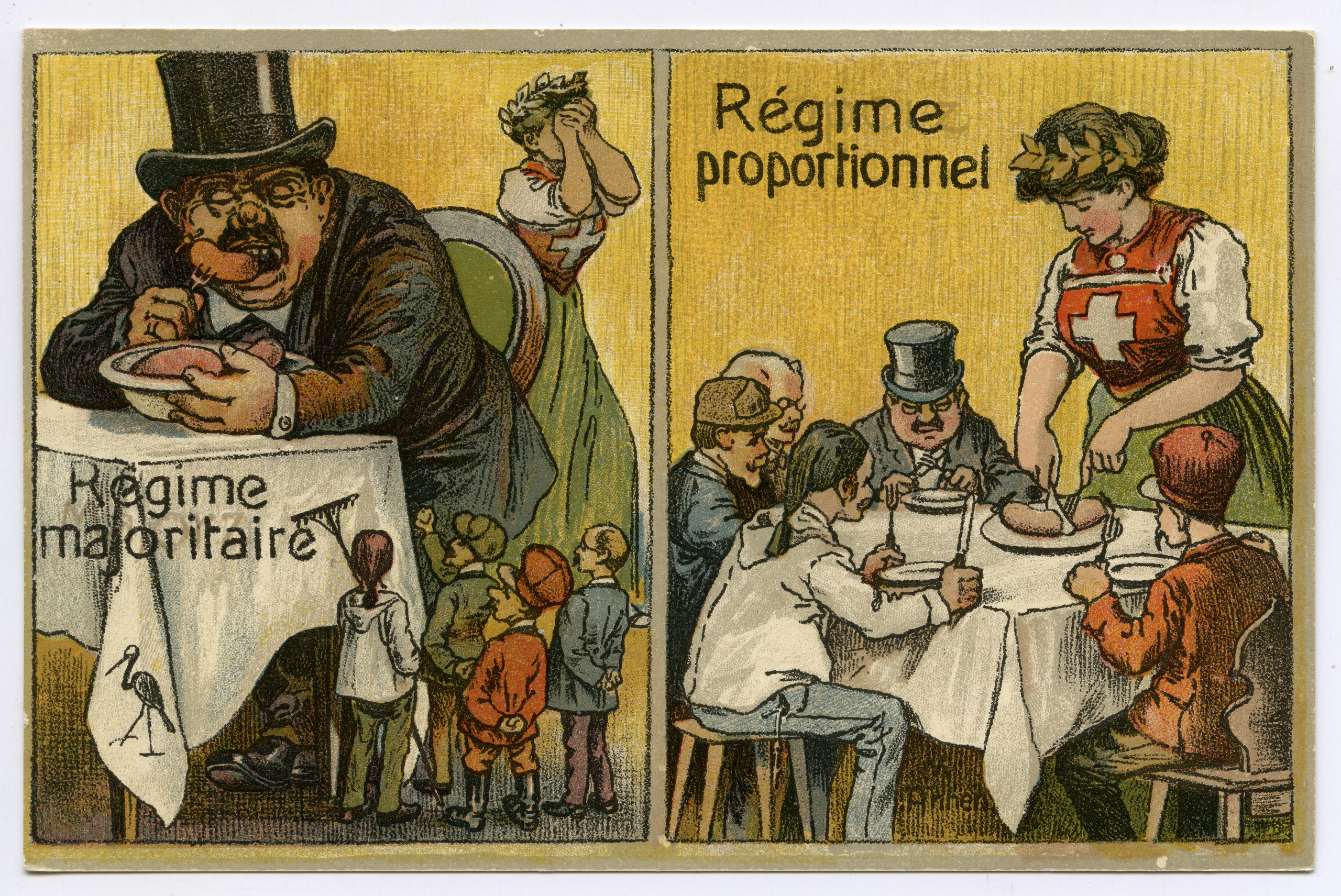
More
The road to proportional representation in Switzerland
Green Party – left-wing
The Green Party, commonly “The Greens”, was founded in French-speaking Switzerland in the 1970s. It grew out of environmental movements protesting against motorway projects and nuclear power plants. In 1979, the first Green representative, Daniel Brélaz from Vaud, was elected to the House of Representatives.
The national party was created in 1983 and won many new voters in 1987, following the environmental disasters at Chernobyl (Ukraine) and Schweizerhalle (outside the Swiss city of Basel). In 1992, the party was opposed to membership of the International Monetary Fund, the World Bank and the European Economic Area. The issue of European integration sparked internal divisions, and the Greens lost some of their electorate.
From 1995, the Green Party transformed from a protest party into a reformist left-wing party striving to reconcile ecological and social policy issues. It changed its stance on European integration and supported negotiations for EU membership.
Thanks to growing concern about the climate and youth mobilisation for the environment, the Greens made spectacular gains in the 2019 elections. They won 17 additional seats in the House of Representatives, replacing the Centre Party as the fourth-biggest political group. But it remained the smallest group in the Senate.
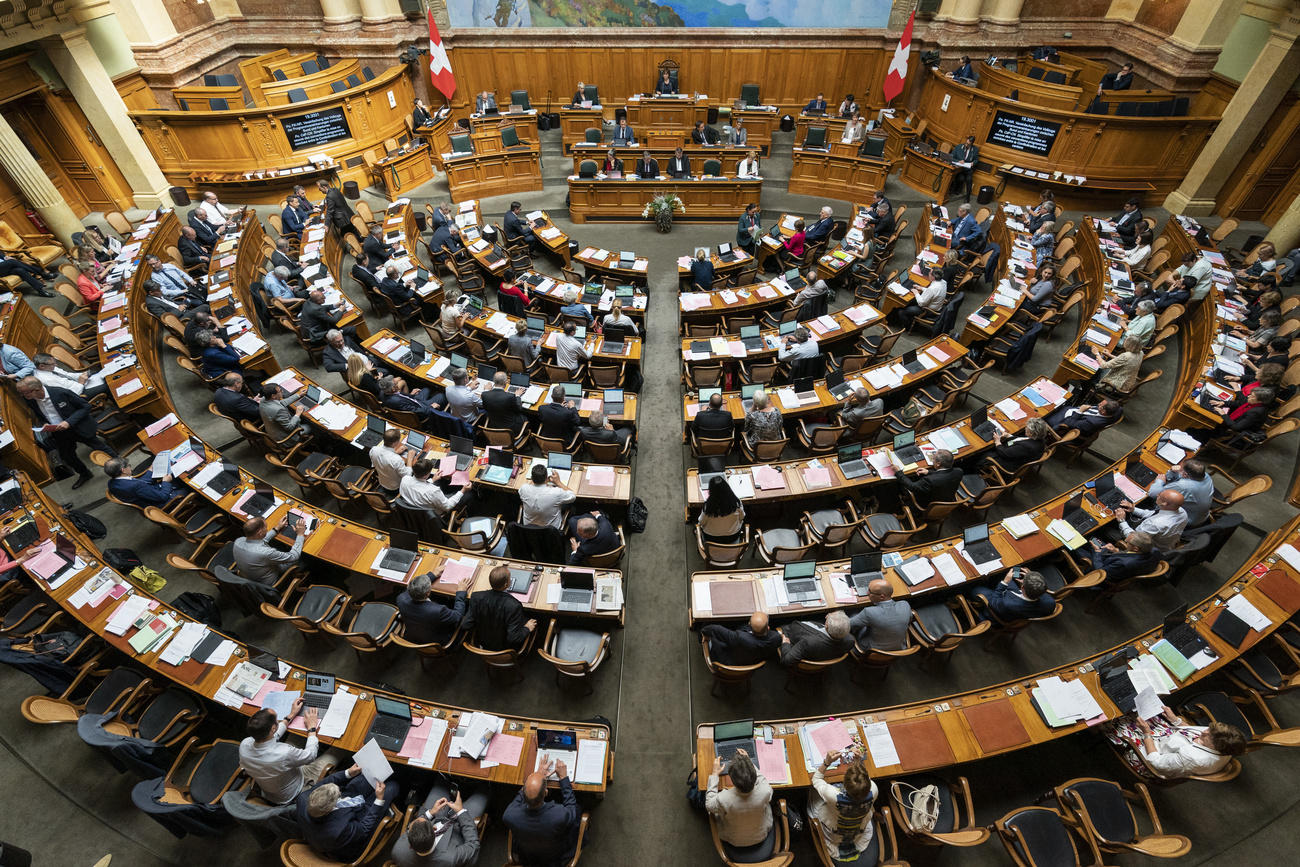
More
How Switzerland’s parliament has evolved over 50 years
The Centre Party – centrist
The Centre Party was formed in 2020 following the merger of the centre-right Christian Democratic Party and the small Conservative Democratic Party.
When the Swiss federal state was created in 1848, the conservative Catholic cantons had just lost the Sonderbund War to the Radicals, and their leaders were forced to leave the political scene. However, the Catholic movements gradually reasserted themselves, and in 1891 they won their first seat in the Swiss government.
In 1912, the Catholic conservatives organised themselves at the national level and founded the Conservative People’s Party, which later became the Christian Democratic Party. They gained a second seat in the government after the Radicals lost their parliamentary majority in the 1919 national elections.
The Christian Democratic Party remained strongly entrenched in Catholic cantons, where the bulk of the population voted for it for many years. But greater social mobility and the growth of a more consumerist society led to a slow erosion of this electorate from the 1980s onwards. After having been the third-strongest political force in the House of Representatives in 1995, the party was overtaken by the Swiss People’s Party in 1999 and relegated to fifth place by the Greens in 2019.
The Christian Democratic Party traditionally backed the main tenets of a liberal economic policy, while maintaining conservative positions on cultural and religious matters. It backed the implementation of certain social policies and advocated support for families.
The Conservative Democratic Party, meanwhile, was formed in 2008 following a split within the right-wing Swiss People’s Party (see above section). Its members wanted, in particular, greater openness on foreign policy.
The Conservative Democrats entered the House of Representatives in 2011 with nine seats, but this number dropped to three in 2019. No longer able to form a parliamentary group, it decided to merge with the Christian Democratic Party, forming the new Centre Party.
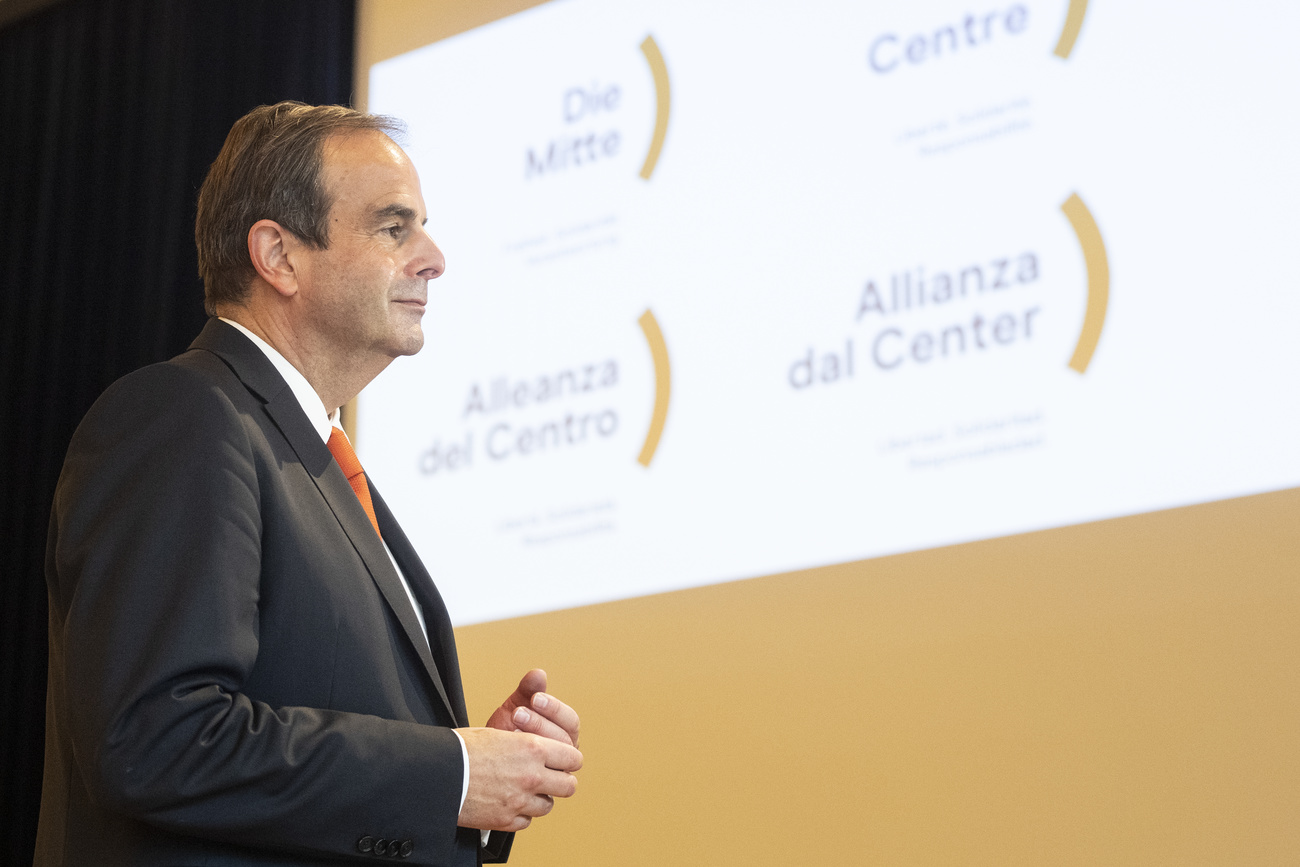
More
Renamed Swiss political party seeks new voters
Liberal Green Party – centrist
The Liberal Green Party was founded in 2007. As the liberal wing of the Greens, it seeks to unite an ecological programme with the objectives of the market economy.
Its first three delegates were elected to the House of Representatives in 2007. Like the Green Party, it has reaped the benefits of growing concerns about climate change, and it won nine additional seats in the 2019 elections to the House of Representatives.
Protestant Party – centrist
The Protestant Party was founded in 1919 and won its first seat in the House of Representatives the same year. However, it never gained more than three representatives in the chamber.
The members of this party are traditionally linked to the national and Evangelical Free churches. They believe that Christian faith must be expressed through concrete political commitment and they campaign for a Christian and social Switzerland.
The Protestant Party currently has three members in the House of Representatives and is part of the Centre parliamentary group.
Swiss Workers Party – far left
The Swiss Workers Party (also known as the Labour Party) was formed in October 1944 from a federation of several cantonal parties, thus bringing together Communists, the furthest-left wing of the Social Democratic Party and independent left-wing movements.
In 1947, it succeeded in winning seven seats in the House of Representatives. However, the party lost clout after the outbreak of the Cold War and the emergence of a strong anti-Communist sentiment among the population.
After the fall of the Berlin Wall, the Workers Party distanced itself more clearly from Soviet dogma, while maintaining the political objectives of the dismantling of capitalism and the transition to a socialist society. It campaigned for better working conditions and the establishment and strengthening of social security in Switzerland.
The party currently has one seat in the House of Representatives, but the far-left as such has a total of two seats, thanks to another deputy from the Ensemble à Gauche (Together on the Left) movement. Both are part of the Green parliamentary group.
Lega dei Ticinesi – right-wing
The Lega (Lega dei Ticinesi, the League of the Ticinese People) was founded in 1991 and is present only in canton Ticino. This populist, regionalist and anti-European party is very well represented in local political bodies.
The Lega shares many ideas with the Swiss People’s Party, and its one deputy in the House of Representatives has joined the parliamentary group led by the country’s largest party.
Federal Democratic Union – ultra-conservative
The Federal Democratic Union was created in 1975 and its political positions are generally based on biblical principles. The party is particularly conservative and opposes most societal developments and any opening up to foreign countries.
The Federal Democratic Union won its first seat in the House of Representatives in 1991. Today, it still has one representative, who has joined the People’s Party parliamentary group.
Translated from French by Julia Bassam/urs
For more information on Swiss political parties:
Short summary of the political parties – Foreign ministryExternal link
Political parties in parliament – Parliament siteExternal link
Political parties – Historical Dictionary of SwitzerlandExternal link
More information on political parties and their strength – Federal Statistical OfficeExternal link

In compliance with the JTI standards
More: SWI swissinfo.ch certified by the Journalism Trust Initiative

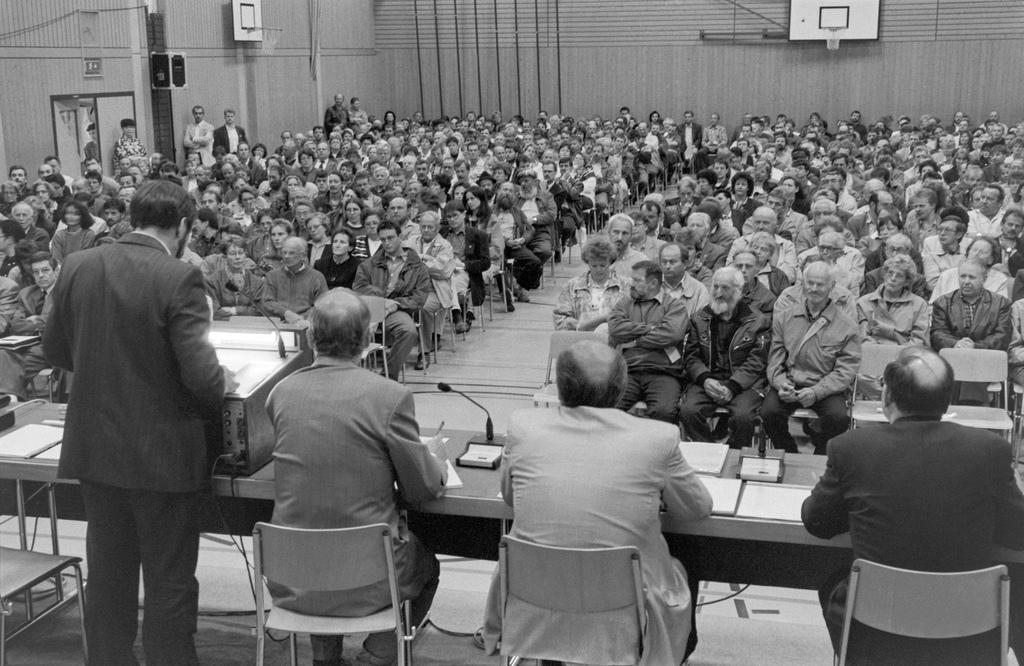



You can find an overview of ongoing debates with our journalists here . Please join us!
If you want to start a conversation about a topic raised in this article or want to report factual errors, email us at english@swissinfo.ch.